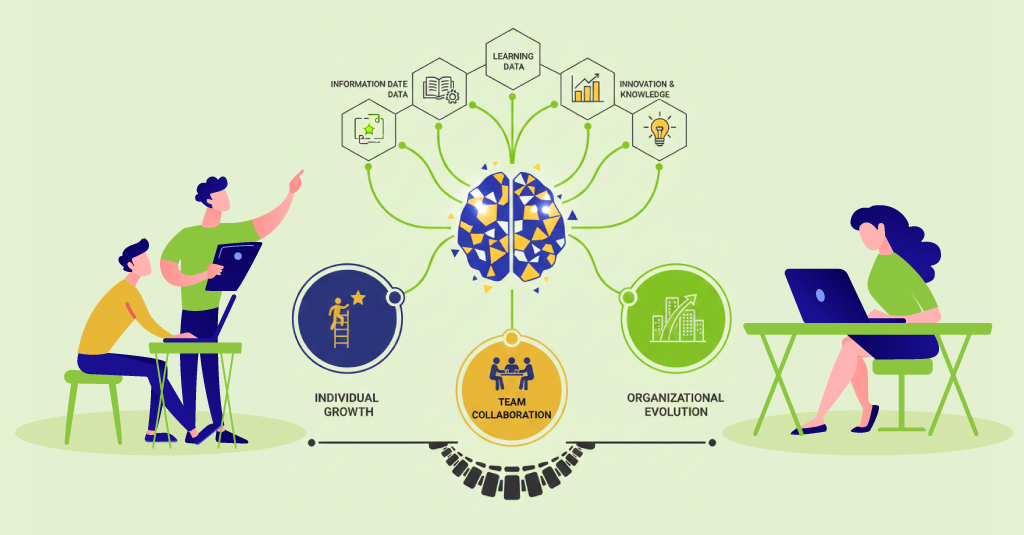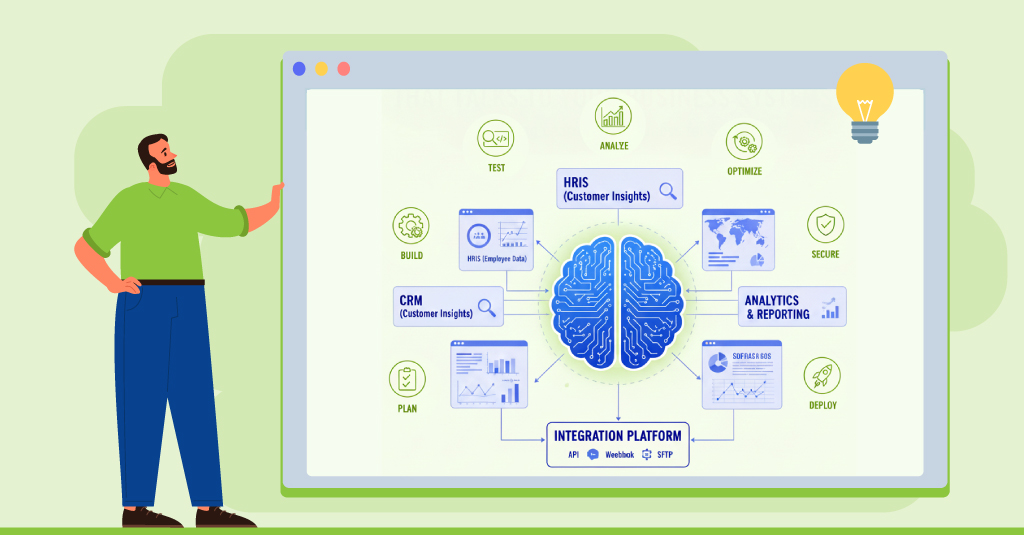
The Significance of eLearning Beyond Compliance
Traditionally, classroom instruction, heavy manuals, and practical mentorship have been the mainstays of oil and gas sector training. Although oil and gas compliance training is crucial, digital learning is frequently viewed as a regulatory checkbox rather than a tool for worker development, safety training, and performance enhancement.
But what if oil and gas workers could use eLearning to promote operational excellence rather than just keep up with compliance?

Key Training Challenges in the Oil & Gas Industry
There are several reasons safety has to come first for any oil and gas extracted under this risky environment. The International Association of Oil & Gas Producers states that the causes of the 70% of industry accidents trace back to the human element. Rules, while seemingly the practice of merely being obedient to these, means acquiring new skills, exercising judgments within a specified timeframe, and remembering what’s learned.
Workforce Challenges
- Aging workforce: By 2035, over half of oil and gas workers will retire, according to the International Labour Organization, raising worries about knowledge transfer and skill maintenance.
- Remote work environments: Workers on offshore rigs, refineries, and other remote locations require mobile, digital training solutions.
- Evolving industry regulations: Compliance isn’t static. Employees need to be current on safety, operational, and environmental procedures.

Rethinking eLearning: Smarter Training for a High-Risk Industry
The energy industry requires eLearning to engage, mimic, and reinforce learning in real-world settings, in contrast to general corporate training.

Next-Generation Digital Learning Solutions
1.Scenario-Based Learning
Interactive modules, instead of heavy-text courses, can mimic critical, high-risk situations encountered in oil and gas, allowing employees to have their thought-provoking abilities sharpened.
2. Virtual & Augmented Reality Training
VR-based safety training helps to prepare employees before stepping foot on the job site with 90% information retention compared to traditional approaches (PwC).
3. AI-Powered Adaptive Learning
AI-based learning paths can reduce training time by as much as 50% because instruction is based on the specific skill gaps of individual workers rather than a one-size-fits-all approach (McKinsey & Company).
4. Just-in-Time Microlearning
On-demand, fast-paced training modules ensure that employees have access to critical safety knowledge when they need it, minimizing execution errors.

The ROI of Smarter Training in Oil & Gas
Investing in high-impact eLearning solutions results in quantifiable benefits, such as:
- A 45% decrease in training expenses due to fewer travel and instructor-led sessions (Brandon Hall Group).
- A 35% increase in operational efficiency due to fewer errors and downtime (Oil & Gas IQ).
- A 60% onboarding speed acceleration of new workers, hence boosting time to productivity (Energy Workforce & Technology Council).
Science backed innovative training, powered by AI and based on real-world scenarios, guarantees business growth, workforce safety, and compliance.

Strengthening Training in Oil and Gas with Upside Learning
Upside Learning focuses on eLearning solutions for the oil and gas industry, blending skill development with safety simulations and compliance training
Oil and gas employees ensure safety, competence, and future readiness through our bespoke eLearning solutions, ranging from VR-based simulations to AI-driven adaptive learning, and microlearning modules.
Let’s Rethink Learning for the Energy Sector
Are you interested in finding out how eLearning may help your company’s employees perform better, stay safer, and comply with regulations? Contact us at elearning@upsidelearning.com, and we will assist you in advancing the oil and gas knowledge of your staff through our training partnership.


















